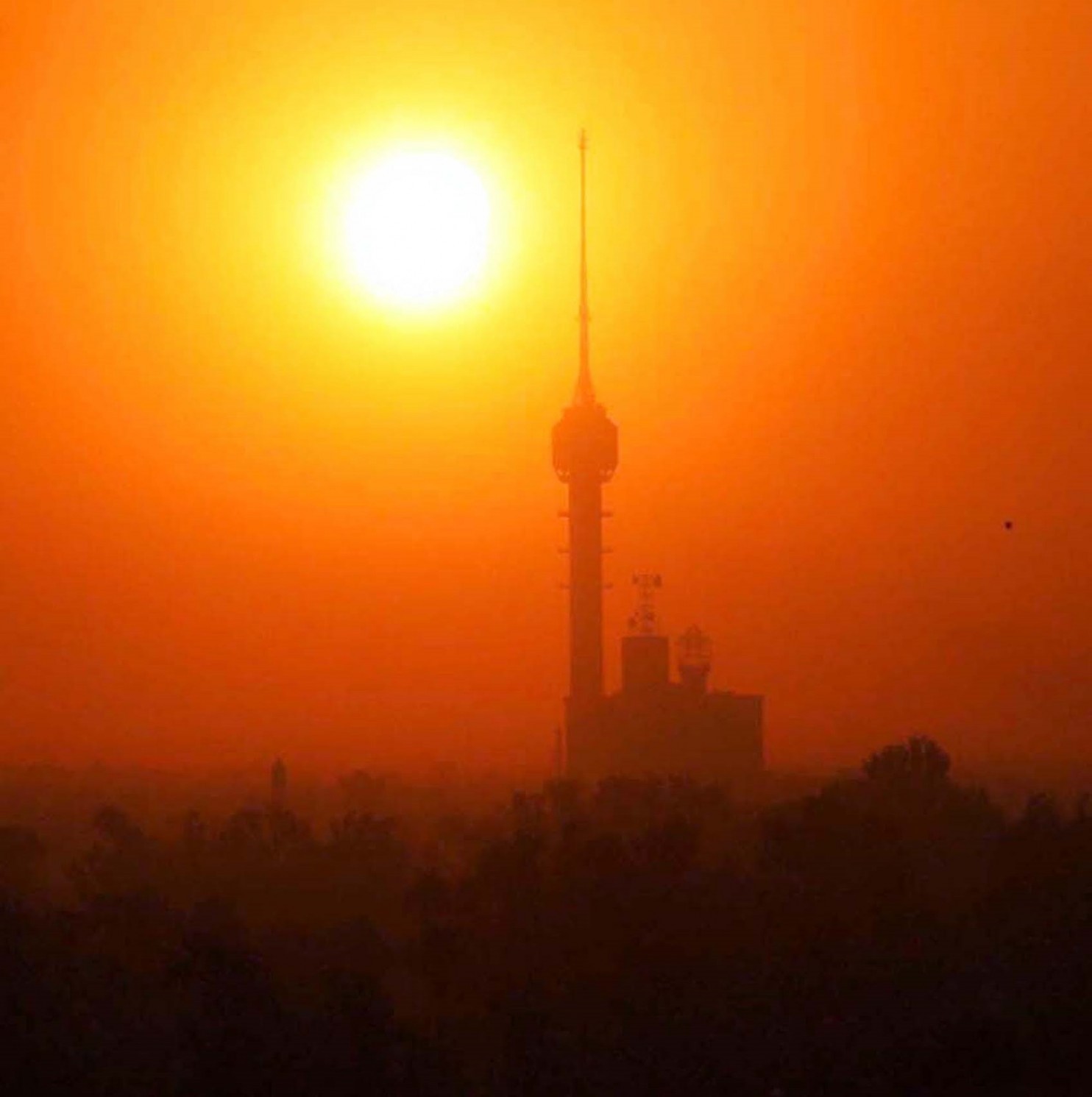
What Does the Climate Change Agreement Actually Mean?
By Xoco Shinbrot
Now a few months since the ground-breaking agreement on climate change at Conference of Parties (COP 21) in Paris, it’s still unclear how exactly countries will be working together to avert the an increase of 2 degrees Celsius—the threshold beyond which warming will likely lead to extreme droughts, flooding, fires, cyclones, and sea level rise. Certainly, the fact that 195 countries have agreed to work towards reducing anthropogenic greenhouse gas emissions is a laudable achievement in itself (read the coverage by the New York Times here). The question is how.
After 20 years of contentious climate change talks, most leaders consider the Paris accord a success. The 31-page agreement sets non-legally binding targets for the countries to work on. The countries will report their progress at the next COP meeting a year from now in Marrakesh, Morocco. The agreement also sets the groundwork to transfer $100 billion to developing nations to help them adapt to the consequences climate change.
However, the agreement has received some heat from policy makers and pundits alike that it does not set any mandatory carbon emission levels or market measures, such as carbon taxes or cap-and-trade systems, that would drive down fossil fuel use. Averting climate change requires stimulating market investments in renewable energy or green technology.
The agreement instead relies on “name and shame” scheme. It requires countries to monitor and report their emissions, in hopes that global peer pressure will incentivize lowering emissions. “That is why we need a strong, legally binding transparency system,” said Secretary of State, John Kerry in a recent Forbes article.
The UN Framework Convention on Climate Change (UNFCCC) supports this transparency by legally requiring each country to inventory greenhouse gas emissions, to report current actions the country is taking, and to verify the inventory through third-party review.
Meaningful commitments from rapidly growing economies like Brazil, India, Russia, and China are important for reducing global greenhouse gas emissions. In the past, China, one of the highest emitters, actively weakened climate change negotiations. In a newfound sense of responsibility towards his people and the world, President Xi Jinping launched a national cap-and-trade program, and importantly, made the commitment to peaking carbon emission by 2030. As a producer of more than a quarter of global carbon emissions, China’s commitment to playing a meaningful role in reducing emissions is good news.

That said, several countries—including Saudi Arabia—threatened to undermine any agreements related to climate change. As the world’s largest producer of oil, with about 16 percent of the world’s reserves, Saudi Arabia did everything in its power to slow down the process, or water down commitments. These moves fly in the face of local awareness that climate change will have dramatic impacts on the incidence and severity of dust storms, sea level rise, and heat. A recent report published in Nature Climate Change warns at least five of the Persian Gulf’s largest cities will experience days so hot that even the healthiest people will not be able to stand more than a few hours outside.
Although Saudi Arabia, along with other members of the Gulf Cooperation Council of oil producing nations, have publicly stated its investment into renewable energy, like solar on its COP21 Facebook and Twitter pages, it continues to increase oil exportation. For more on Saudi Arabia’s role in obstructing the Paris COP21 check out this NewsWeek article.
Within the U.S., there has also been considerable controversy surrounding the agreement. In the days leading up to Paris conference, many Republican representatives visited foreign embassies in Washington DC to publicly denounce “Obama’s climate change agenda” and to assert their commitment to challenge any agreement made in Paris in an attempt to derail negotiations. However, these tactics appeared to have failed to influence the UN policy measures. “My sense is that other governments are taking the word of the United States [i.e., their commitment to the agreement as expressed by the Obama administration] very seriously,” said Christiana Figueres, executive secretary of the UNFCCC, in an interview with Bloomberg, BNC.
Any movement forward in climate change commitments will require a vote in the Senate. However, the U.S. has already committed to cutting its greenhouse gas emissions almost 30 percent by 2025—with baseline emissions from 2005—under its Clean Power Plan. The Plan was finalized on August 3, 2015 by the U.S. Environmental Protection Agency (EPA) to reduce national carbon emissions from power plants. EPA is empowered by the Congress under the Clean Air Act to reduce harmful air pollutants, but the strategy is a flexible one that allows states to come up with their own strategy for meeting their carbon emission targets.
The Paris agreement is one more step in the process towards zero carbon emissions—a signal that the world is serious in it’s move away from fossil fuels—but there is much left to be done and the stakes could not be higher.